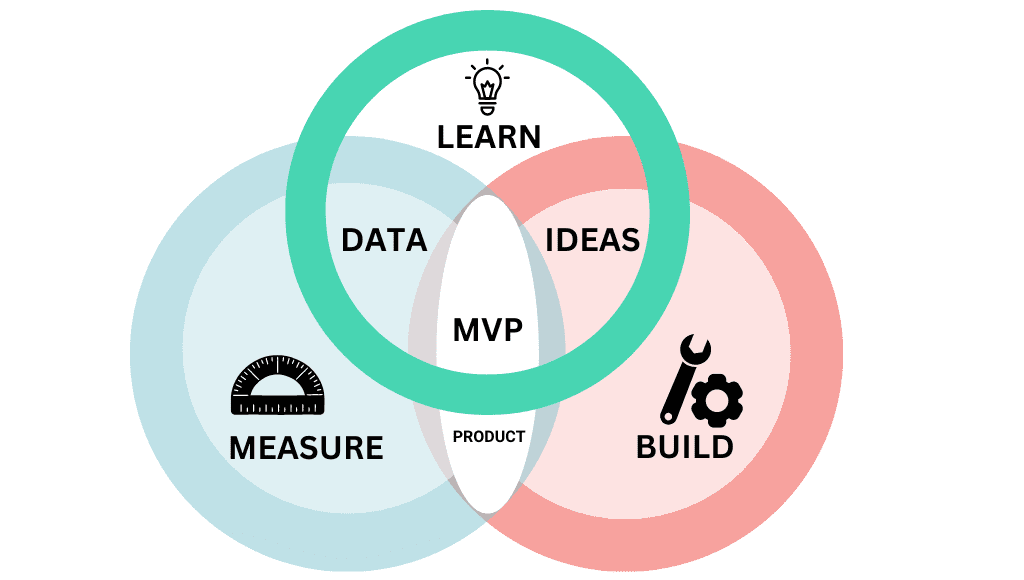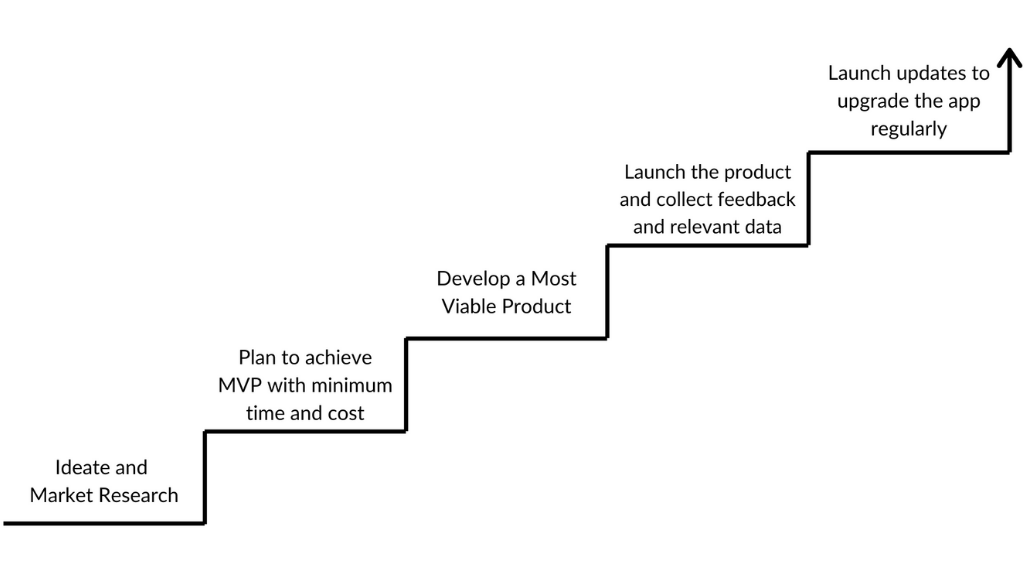How Techpearl Is Enabling Startups & Enterprises By Harnessing The Power Of MVP
Srikanth Renganathan (VP - Techpearl)

Eric Ries, introduced the concept of the minimum viable product (MVP) as part of his Lean Startup methodology. He describes the purpose of an MVP as “a version of a new product that allows a team to collect the maximum amount of validated learning about customers with the least amount of effort”. MVP (Minimum Viable Product) has been used by startups to test their products with early adopters. MVP has only a minimum set of features sufficient to test the idea, concept or risk with the initial users. The final, complete set of features is only designed and developed after understanding the feedback from the initial users. The difference between prototypes or mockups or other exploratory techniques and MVP is that MVP is an actual product that is used by real customers. This helps in getting valuable feedback which can be incorporated in the main product.

MVP development process


- Come up with an Idea: Develop a basic idea which might yield a successful product.
- Conduct market research: Check the practicality of the product in the market and its demand. Identify the early adopters who can provide unbiased feedback. An early adopter is a person who embraces new technology before most other people do.
- Shortlist features: List down the most important and unique features that are useful for customers. These are features which are high on impact and low on effort. Also features which have many unknown aspects or assumptions are also good MVP candidates.
- Develop the MVP: Plan and develop the product with its basic features making use of minimum time and cost. As the idea is to fail or succeed fast in the experiment, the development methods should be simple and barebones without frills.
- Iterate: MVP is an iterative process. Continue to Identify your riskiest feature or assumption, set-up the simplest experiment to test that assumption, and use the results of the experiment as feedback.
- Pivot or Persevere: Pivot or Persevere is the backbone of MVP implementation. Hence, before MVP starts, it is important to establish a clear success or failure criteria. Once enough data is gathered during MVP implementation, a decision needs to be taken on whether this is the right product worth pursuing or not. Success and Failure criteria helps in removing the subjectivity in taking these decisions. As per Eric Ries, we need to answer this simple question – are we making sufficient progress to believe that our original strategic hypothesis is correct, or do we need to make a major change? That change is called a pivot. Pivot is a structured course correction designed to test a new fundamental hypothesis about the product, strategy, and engine of growth.
Persevering means continuing to use the ongoing MVP development to ensure that success criteria is met. We need to still come up with new ideas without altering the direction of the current MVP.
The MVP iterations follow the classic BUILD->MEASURE->LEARN cycle pioneered by Eric Ries. Build-Measure-Learn may sound simplistic, but it has turned out to be a transformational technique for businesses that previously developed products/solutions without getting stakeholder views. Build-Measure-Learn improves on the “just do it” approach with an incremental, iterative methodology that replaces assumption with knowledge and certainty.
Often in large projects, it is difficult to estimate the effort and budget requirements. MVP process provides vital information to resolve this issue. You understand the effort involved more clearly as the number of unknowns decrease with each MVP.
How Techpearl is enabling startups & enterprises in leveraging MVP
At Techpearl, using MVP for product development has become a way of our development work mode. Techpearl has helped several startups and enterprises to leverage the value of MVP modelling and incorporated it in their product development life cycle.
In case of startups, we have initial working discussions with them to understand the purpose of their product, the target market and customers, the product architecture, the technology risks etc. We then propose the elements of the product which could be developed as an MVP and provide cost estimates and timelines. In the initial stages, the startups are less likely to deploy developers to work on MVPs. Many startups do not have the time or resources to develop MVPs as they focus on core areas of market study, customer preferences, overall product roadmap etc. This is a key area where Techpearl pitches in as a technology partner and helps them navigate their technology risks and get the initial feedback from early adopters.
In the case of enterprises, we act as their backend engineering team to enable them to have a faster reach to market. Here too, we de-clog their priorities where enterprises can focus on the unknowns leaving the MVP development and other engineering activities to a tech partner.

Key characteristics of a successful MVP & its benefits :
- Winning early adopters
- Getting Investor Buy-In
- Business Concepts verification
- Market Demand forecast
- Developing a viable monetization strategy
- Cost-Efficiency
MVP is known to be a proven method where you experiment and understand the success or failure of the idea with minimum investment in resources including time. Through an MVP, one can do a proof of concept, test a complex integration, verify performance limits etc and build confidence in their products and that of their customers. MVPs improve the cycle time to take a product to the market. At Techpearl, we have tailored and perfected MVP based development and applied them in a diverse set of projects and domains!
Build your minimum viable products with Techpearl and get the most effective & optimal software solution!





